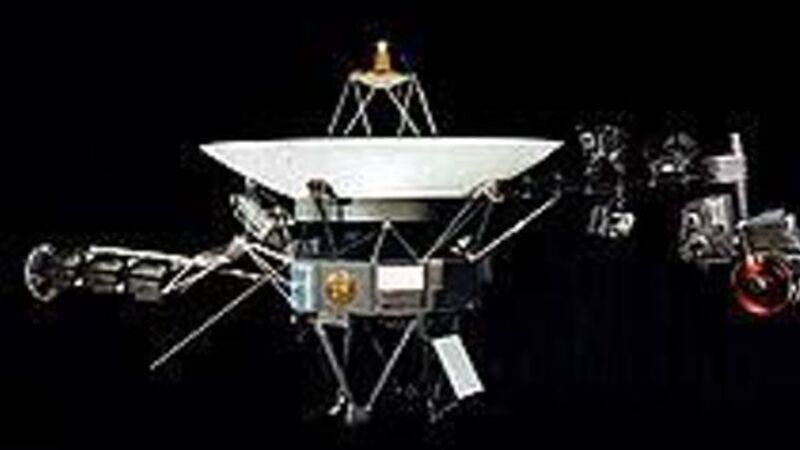THE BIG READ: The story of the furthest man-made object from Earth

In reaching this milestone, it has traversed more than 25bn kilometres of space, as it visited the planets (it actually shortened Jupiter’s year during its sling-shot manoeuvre around the gas giant, when it caused the planet to move closer to the sun).
Now, amid claims Voyager 1 has immersed itself in the void beyond the influence of the sun (see panel), Nasa scientists are still waiting for the day when the data confirms it has left the outer part of the heliosphere — a stagnation layer or cosmic doldrums, where the sun’s charged-particle wind measures zero.











